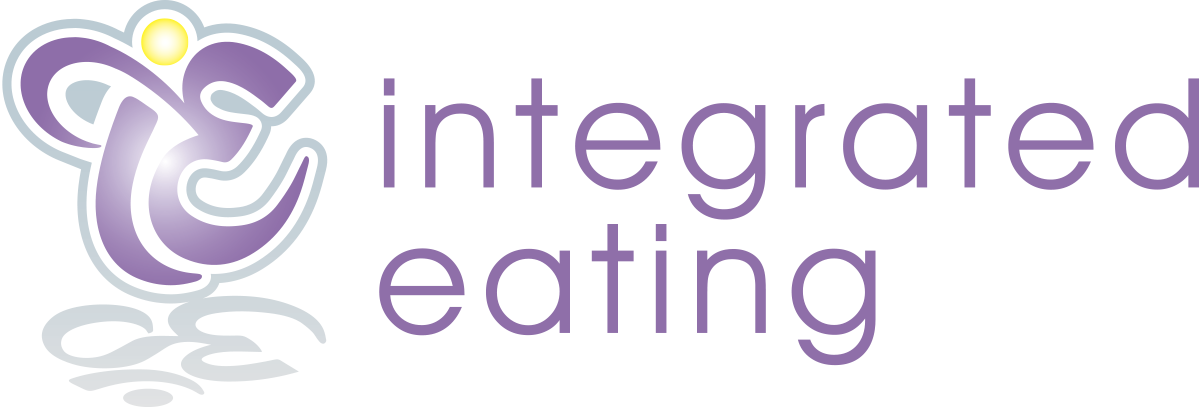When attempting eating disorder recovery one of the most important and difficult things to engage are hunger and fullness cues. These can often bring up undiscovered emotions as we become more in tune with our body and what it needs.
“I don’t understand why I have to eat if I’m not hungry”.
“I’m still hungry but I just ate a balanced meal”.
“I want to keep eating but I’m stuffed”.
“I’m full after a few bites and feel like I can’t eat any more”.
These are some of the most common reactions to hunger and fullness cues during recovery. Although this may seem counter to eating disorder thoughts and even physical reactions, it is critical to understand that meal patterns greatly affect our reaction to our hunger and fullness cues. Food consumption is not as simple as “eating when your hungry, stop when your full” especially during the early stages of eating disorder recovery.
Engaging in eating disorder behaviors for an extended period of time can physically affect how the body reacts to food, exacerbating the difficulty of accessing our hunger and fullness cues. The body can be taught to ignore or numb feelings making these crucial cues malfunction or become less reliable. This makes things very confusing for the recovering client. Here’s why.
Engaging in any combination of restriction, binging, purging, or over-exercise affects how our body reacts physiologically to food. During eating disorder recovery, we ask those in our care to identify their level of hunger and fullness before and after every meal and throughout the day. This can be extremely difficult, particularly at the outset of treatment, when a body is still adjusting to normalized eating behaviors and meal patterns.
Eating disorder behaviors invariably dictate our meal consumption patterns which then drastically affect our ability to access our hunger and fullness cues and the physical reaction to food intake. In a study of hospitalized eating disorder patients, 96% complained about postprandial fullness, 90% about abdominal distensions and more than 50% about abdominal pain, early satiety and nausea (Salvioli et al., Audit of digestive complaints and psychopathological traits in patients with eating disorders: a prospective study, Dig. Live Dis., 45 (2013), 639-644). Although exact mechanisms are unclear, GI symptoms frequently attach to dysfunctional eating behavior and possibly also contribute to the development or maintenance of these disorders (Hetterich, An update on gastrointestinal disturbances in eating disorders, Molecular and Cellular Endocrinology, 497(2019), 110318).
By restricting food consumption all day, physical and psychological hunger is squashed, leaving behind an inability to identify what true hunger is. Positive or negative associations with food also serve to override internal cues. A study done with rats demonstrated that the psychological impact of an event or thought can override our internal hunger and fullness cues. In addition, the thought of consuming food can increase anxiety signals which can physiologically decrease our appetites, causing even more difficulty accessing our hunger/fullness cues. (Petrovich, Learning and the motivation to eat: Forebrain circuitry; Physiol Behav.2011 104(4):582-589).
In contrast to restriction, chronic binging may cause repetitive gastric distension - in which in order to feel physically and psychologically full higher amounts of food may be required. In a study measuring meal consumption and changes of hunger and fullness in obese individuals with and without binge eating disorder and normal-weight controls, patients with BED consumed significantly more food to reach similar level of fullness or hunger and showed no difference in hunger and fullness during both binge and nonbinge meals, showing some disturbances in satiety (Sysko, Satiety and Test Meal Intake Among Women With Binge Eating Disorder, Int J Eat Disord. 2007 Sept;554-61).
Furthermore, extreme fullness from binging can lead to possible restriction throughout the day, repeating a negative cycle of extreme hunger and fullness throughout the day inhibiting the body’s ability to react and respond appropriately.
All of these examples demonstrate how meal patterns can drastically affect the ability to access and respond to our hunger and fullness cues. These extreme ways of eating do not allow for our physical and psychological bodily functions to work properly.
This is why we at Integrated Eating stress the importance of “structured eating” when we begin working with someone on their nutrition. When engaging in eating disorder treatment having consistent meals and snacks is imperative to recovery. We use food logs with intricate hunger and satiety markers to help bodies reacclimate to normal feeding.
Structured Eating maintains the following guidelines:
Eat within the first 30-60 minutes of waking
Eat every 3-4 hours so that you are eating 3 meals and 1-3 snacks per day
Balanced meals include proteins, carbohydrates, fats, fruits and vegetables.
Balanced snacks include protein, fats and either complex carbohydrates, fruits or vegetables.
Mini meals may help with blood sugar and symptom control in the late afternoon.
Once clients have practiced structured eating and hunger cues begin to acclimate to their nutrition needs we introduce mindful and intuitive eating practices. Food preferences and choice become exciting perspectives for our recovering folks. They are now approaching alignment with their body cues! HORRAY!!
Bottom Line: It is a myth to believe your eating patterns don’t influence your hunger and fullness cues. Structured eating can help recovering bodies become more normalized. Once this is achieved many of those in treatment can work with their mindful and intuitive cues and move into more alignment with their body cues.

